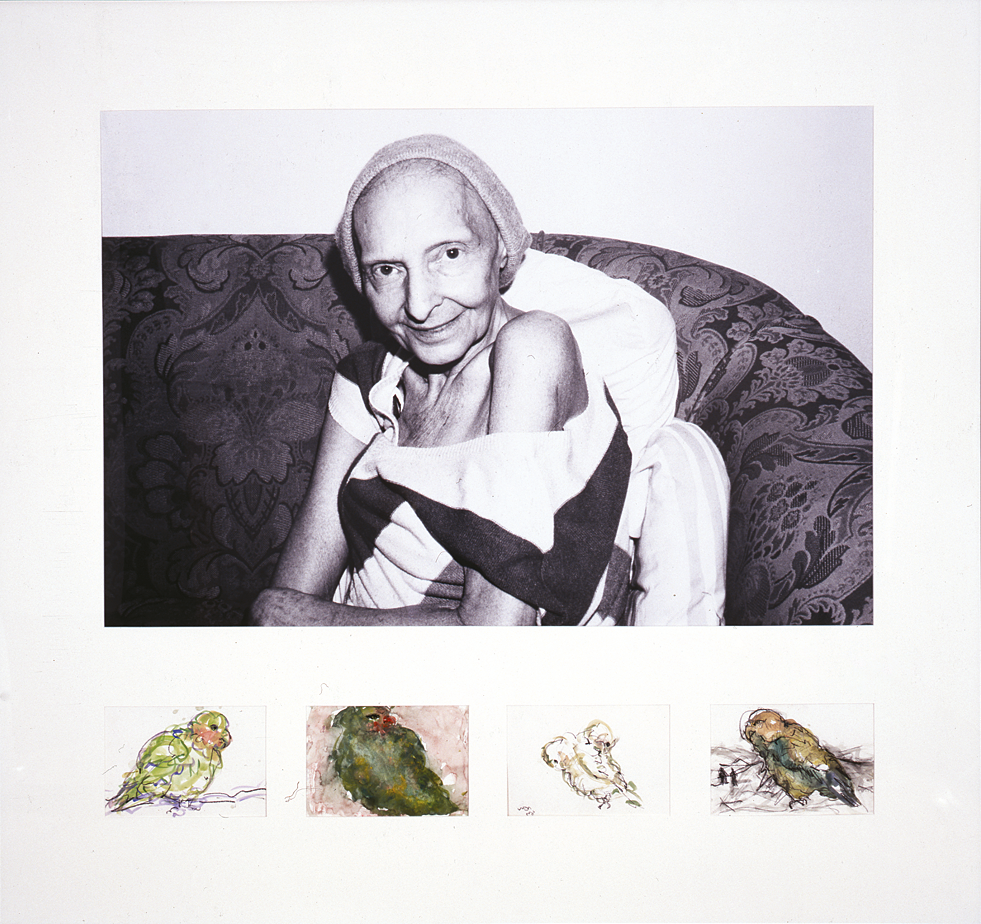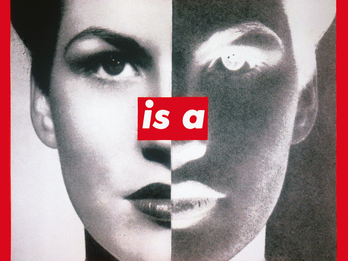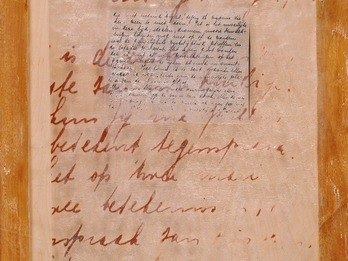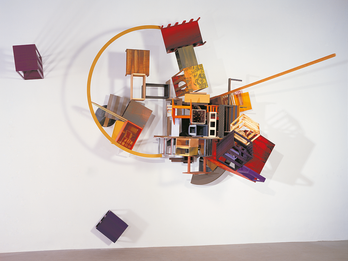Seura Chaya #1
Hannah Wilke
1989
Image

Engage with this Source
Creator Bio
Hannah Wilke
1940–1993
The works of American photographer, performance and video artist, and sculptor Hannah Wilke, born Arlene Hannah Butler in New York, are known for explorations of sexuality, gender, and feminism through forms that are either suggestive of the female body or that explicitly depict it. Considered the first feminist artist to use vaginal imagery in her work, Wilke began in the 1970s to use her own body in performances documented by photographs and video that she dubbed “performalist self-portraits.” IntraVenus, a group of photographs documenting her experience with cancer, was exhibited posthumously at Ronald Feldman Fine Arts in 1994.
You may also like

Untitled (your body is a battleground)
Barbara Kruger produced Untitled (Your body is a battleground), her most famous work, in support of reproductive freedom at the time of the 1989 Women’s March on Washington, DC.

The Diary of Anne Frank (Kristallnacht)
The brothers Mike and Doug Starn often include materials such as Plexiglas, wood, nails, transparency film, scotch tape, wax, and pushpins in their photo-based mixed media works. One of their goals…

Ship/Map (No. 1)
Borkovsky has said that he prefers to think of his work in terms of “cycles” rather than “series.” One group of artworks from the 1980s and 1990s, from which this work is drawn, is sometimes called…
![The Shepherds King [side line work] Photograph of metal tower.](/system/files/styles/entry_card_sm_1x/private/images/vol10/Posen10_viscult087_ed_0.png?h=dbcef8f3&itok=dnvhsSkp)
The Shepherds King [side line work]
Ninio works in a variety of artistic disciplines, including photography. Here, a structure high in the clouded sky suggests the ability to view the world below.

A Time to Plant, a Time to Cast Away Stones
Rabinovitz’s sculptures are characterized by the use of minimal elements that are granted symbolic meaning through the text or title that accompanies them, commonly taken from the Bible or other…

Jamma’in II
In Tevet’s deconstructionist wall sculpture, Jamma’in II, painted boxes and other shapes, some of which look like tables and chairs, are arranged around a yellow ring. All the objects seem to be in…

